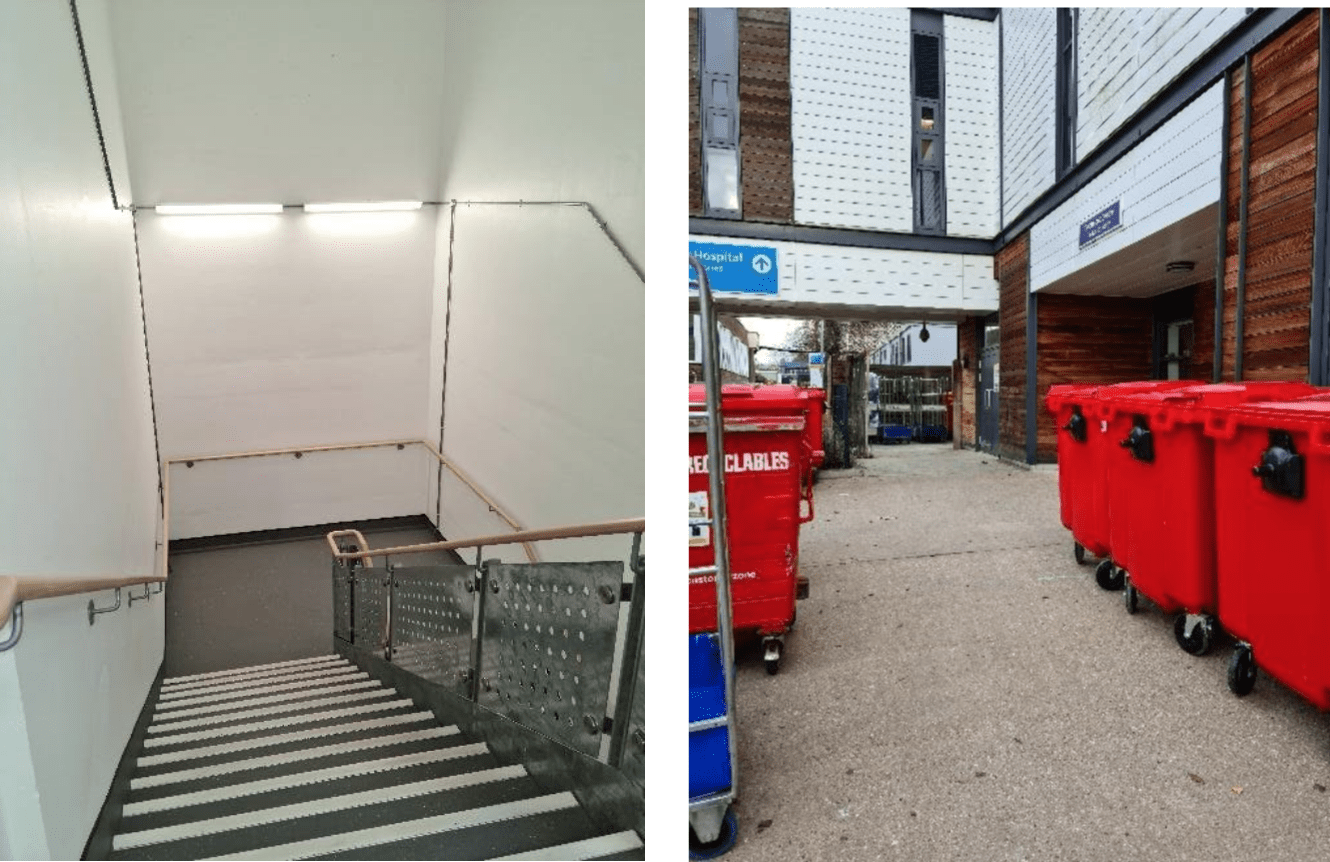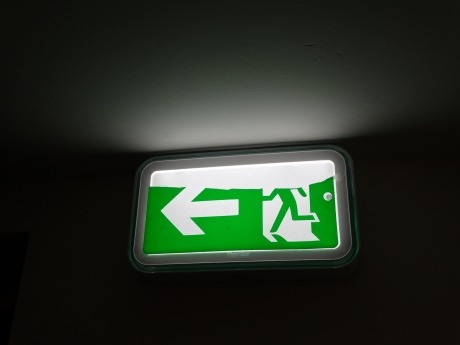Typically the person who is the owner of a building or the person who has control of the premises, as the occupier, is required to carry out a Fire Risk Assessment by the Regulatory Reform (Fire Safety) Order 2005. This person or corporate ownership is referred to as the ‘Responsible Person’.
It is easy to think of a Fire Risk Assessment as a tick-box exercise, but it isn’t. To assess the risk is the start, then various actions and measures will need to be implemented in order to remedy. There are 5 key steps to a basic Fire Risk Assessment:
- Assess Fire Hazards
- Assess People at Risk
- Evaluate and Act
- Record, Plan and Train
- Review
A fire risk assessment for a complex building will investigate everything related to the fire safety of the building, especially anything that can burn, any source of ignition, fire alarm and extinguishers, risers and sprinklers, escape routes, safety signage, emergency lighting, fire doors, fire dampers and ducting, fire compartmentation, people at risk, dangerous substances, fire safety training, fire evacuation plans and related housekeeping.
It’s not just a case of ticking each of these boxes, it’s a case of making a fair and sensible judgement after taking all the above factors into consideration.
Frequently asked questions
There is no set time of how often a fire risk assessment must be carried out, it is down to the fire risk assessor and the particular issues found, what the property is used. However, once a fire risk assessment has been produced and the fire risk assessor put down a review or renewal this has to be adhered or the responsible person/s could be prosecuted in the event of a fire, if the fire risk assessment was out of date. It is good practice to carry one out annually.
The most likely answer is yes. If your building is a domestic dwelling and a single private dwelling with no communal areas it is not required, if unsure, review Article 6 of the RRFSO.
A Fire Risk Assessment must be completed by a “Competent Person”. This means you must have the necessary knowledge, training, skills and experience. If your Fire Risk Assessment isn’t “Suitable and Sufficient” you could be prosecuted.
A Type 4 FRA is the most thorough of the four types. It includes assessing both the communal areas and a sample of the dwellings. Not only that, it includes an intrusive/destructive assessment of the passive fire measures.
- Type 1-4 FRA’s were introduced with the LGA Guide to Fire Safety in Purpose Built Block of Flats, and the purpose was to define the scope of these different FRA’s.
- Type 1 FRA would assess the communal areas only, such as shared lobby’s, stairwells, shared kitchens, bin stores, plant rooms and roof voids but not dwellings. This is a non-destructive survey.
- Type 2 is the same as Type 1 but includes a destructive intrusive inspection of the structural fire compartmentation.
- Type 3 is the same as Type 1 except it also includes a sample inspection of the dwellings as well as the communal areas.
- Type 4 is the same as Type 3 except that it also includes a destructive intrusive inspection of the structural fire compartmentation.
This decision should be made with consideration to the level of competency required, which would depend on the size / complexity and risk of the building to be assessed. It should be someone with the right skills, knowledge, experience and behaviours to conduct this assessment thoroughly and accurately.
Access more information here
Unsure? Confused? Worried? Click here to ask a question


